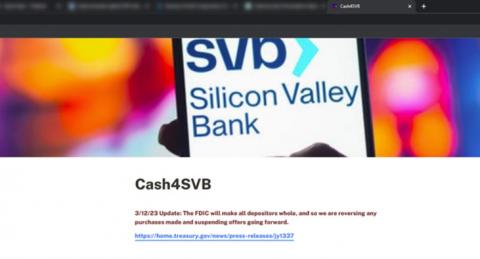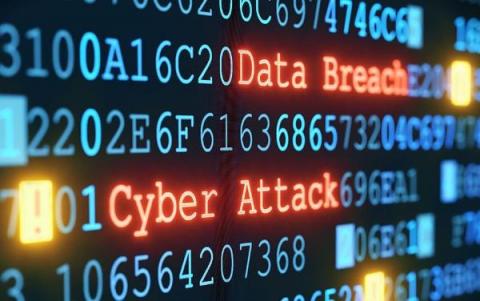The Benefits and Risks of Using Government Databases for ID Verification in Fraud Prevention
In today’s digital world, identity theft and fraud have become increasingly common occurrences. It is no secret that fraudsters are getting more creative, making it more challenging for businesses and individuals to protect themselves. However, with the advent of technology, there are various ways to mitigate these risks, such as using government databases for ID verification.











